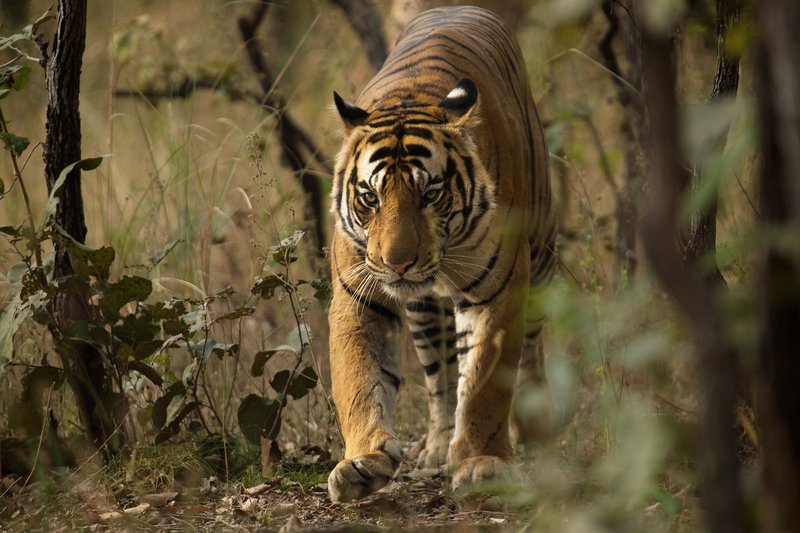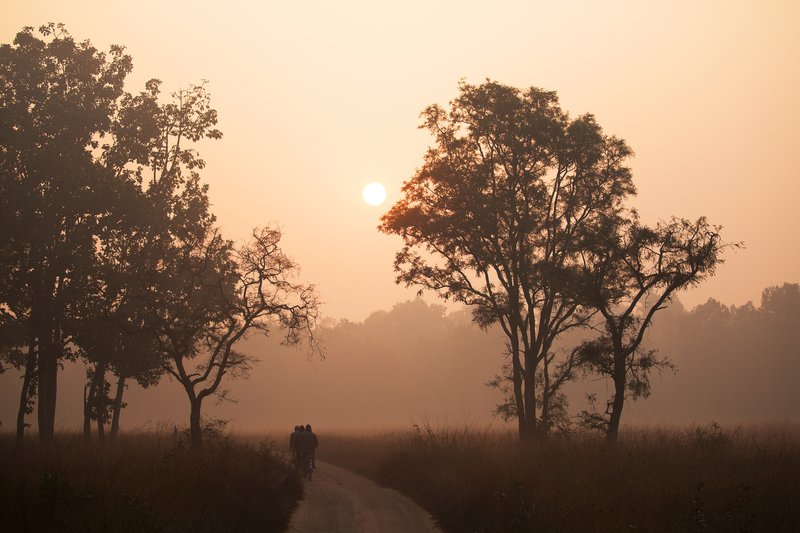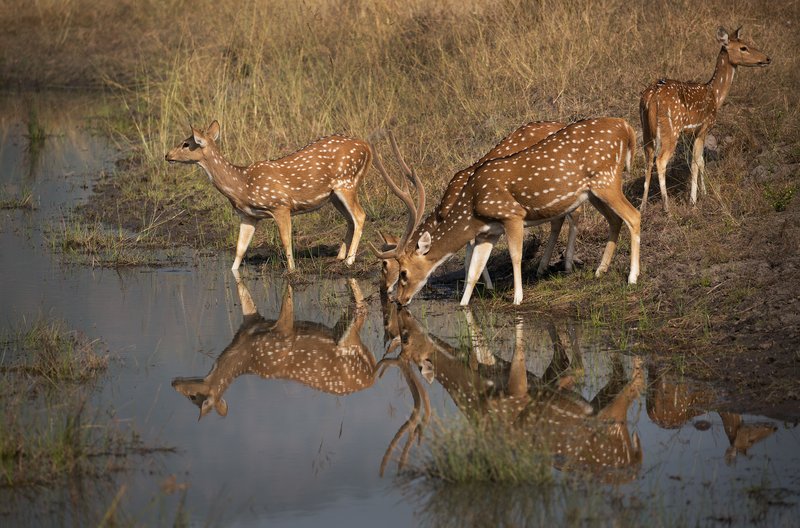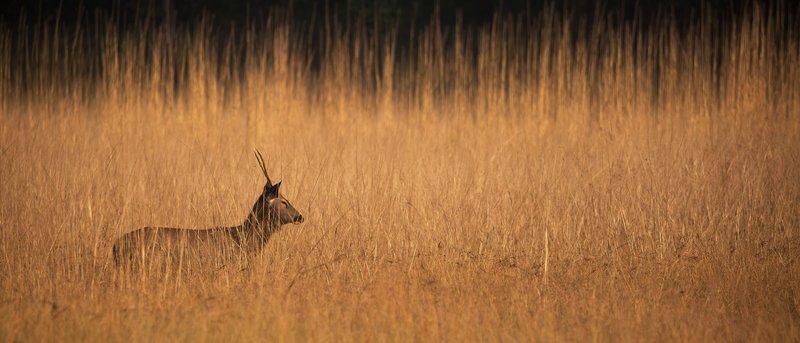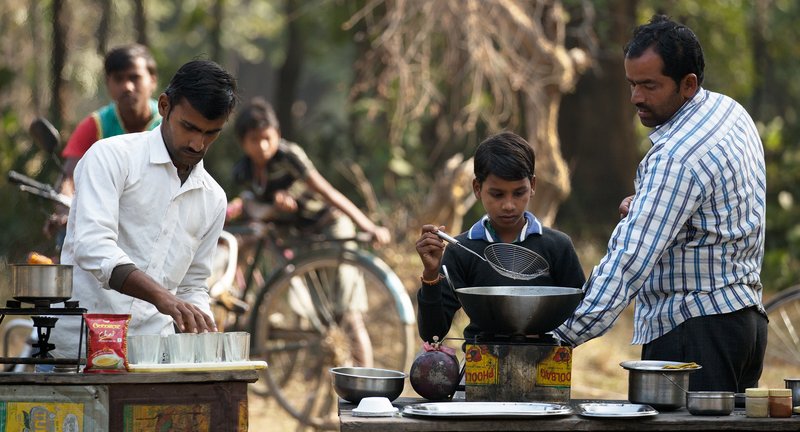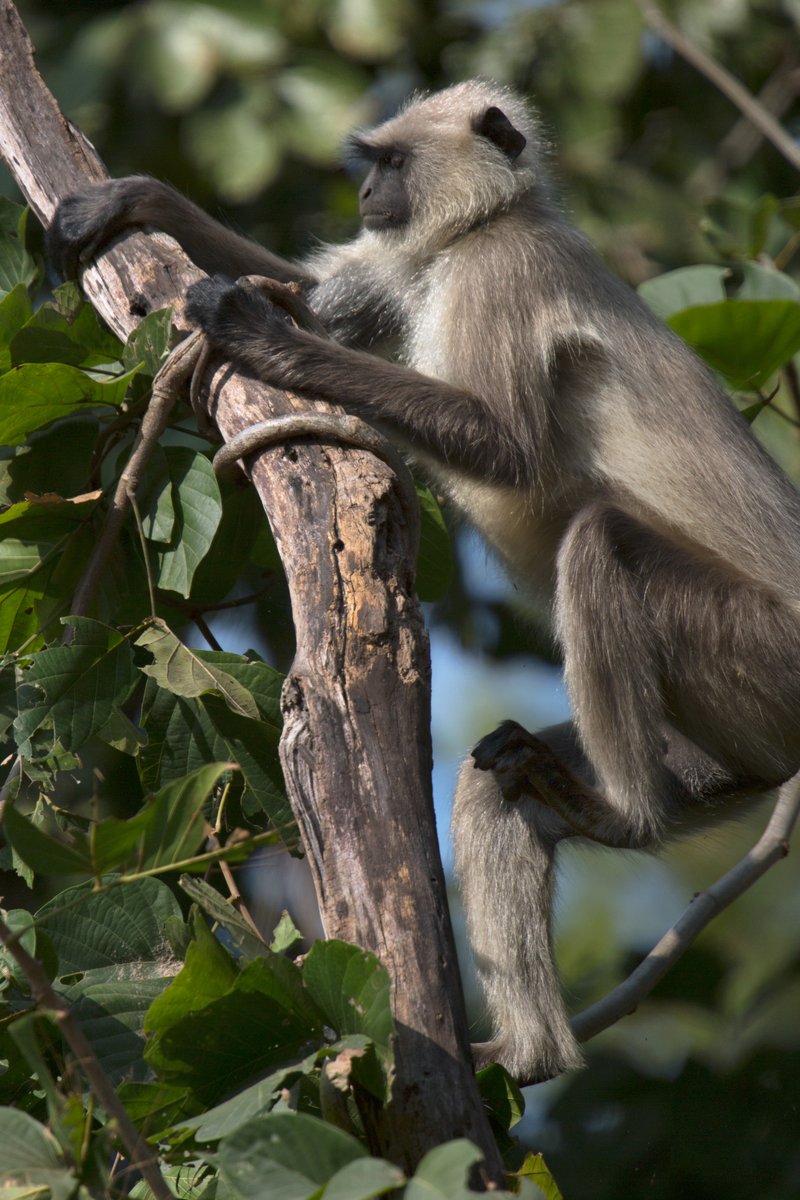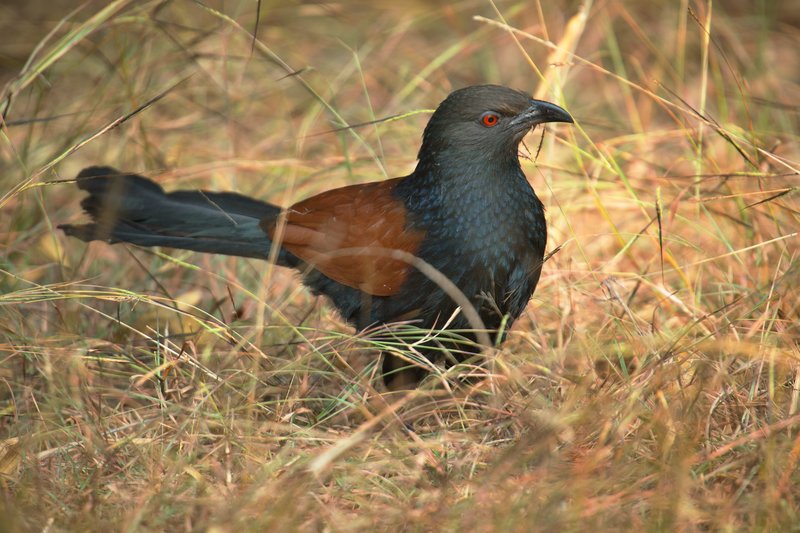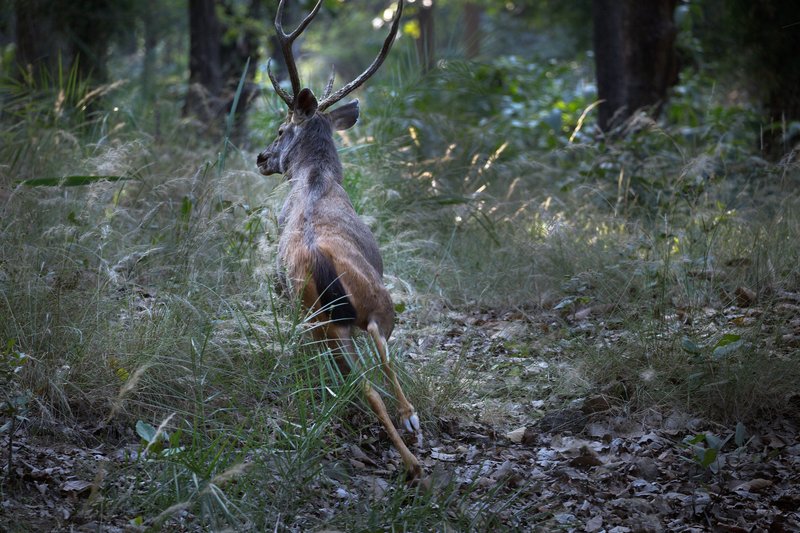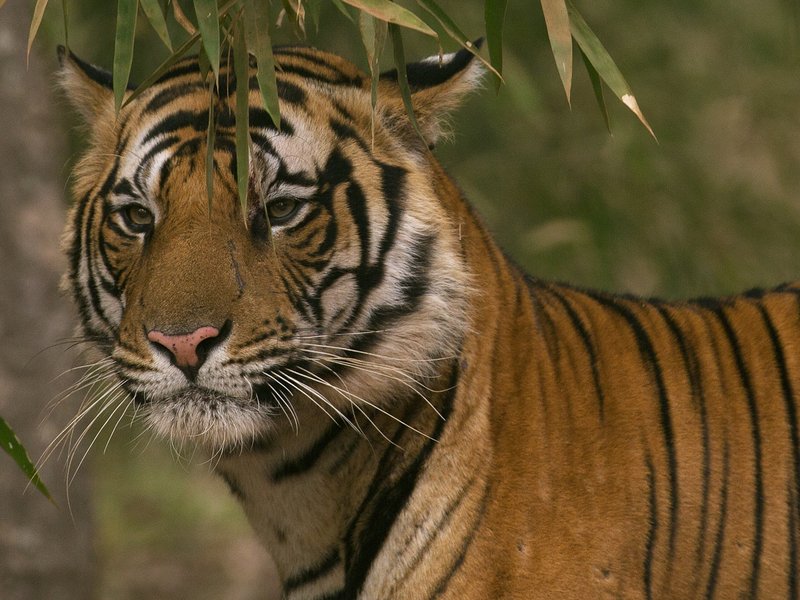Morning Bicycle Patrol, Bandhavgarh National Park, India
In the Umaria District of Madhya Pradesh in central India lies Bandhavgarh National Park, home of India’s densest population of Bengal Tigers. The park is divided into three zones and those are subdivided into multiple routes. Permits are issued for jeep safaris that pertain to a specific route within a specific zone for either morning or evening access. Hours are limited and limiting with regular tourists being locked out of the park before dawn, during mid-day and after dusk. All vehicles are driven and guided by Forest Department personnel who are threatened with suspension and fines for crossing into the wrong zone or onto the wrong route, speeding, not exiting the park on time and a variety of other potential offenses.
Friends I Have Made
The name of my website is Friends I Have Made, Places That I Love and this gallery encompasses both. One of my greatest joys in being a photographer and an educator is the number of people I meet and how much I learn from each of them. This gallery of photographs would not be possible without two friends, both of whom I met while an educator and both who became life-long friends.
Easter Island and Bandhavgarh National Park are 11,750 miles apart. The circumference of the earth is 24,902 miles, so you have to travel almost half way around the globe to get from one to the other. I went to Bandhavgarh National Park to photograph Bengal Tigers. I went to Easter Island to photograph monumental statues called moai (but not on the same trip).
I’ve known Shailendra Ghorpade for more than 40 years, since he was a student in my beginning photojournalism class at the University of North Carolina. When he graduated in 1986, he promised that one day we’d photograph tigers together in India. On February 21, 2010, after being out of touch for most of the previous 25 years, I received an email from Shailendra. He was on his way to India, but his son, Nikhil (Nikki) was considering attending the University of Miami and he and his mother planned to visit that April. Within my welcoming response, I included a not so gentle reminder of that promise “I hope that you are not going to India to photograph tigers without me! …”
True to his word, six years later, our families met in Bandhavgarh National Park and watched Bengal Tigers walk by our jeeps. A promise fulfilled.
Years later, another international scholar, Paco Zegers, came to my office, introduced himself and invited me to work together with him and his university in Chile to produce multimedia projects. His students and mine worked together for a decade, developing projects from the southern tip of Chile to the northern high deserts of the Atacama. We worked together on Chiloé Island and Robinson Crusoe Island, but never on Easter Island. It was on our list of future projects, but then we both changed jobs and our projects sadly ended.
Easter Island, a volcanic island in the Pacific, is a Chilean territory. Its native Polynesian name is Rapa Nui. It’s famed for archaeological sites, including nearly 900 monumental statues called moai, created by inhabitants during the 13th–16th centuries. The moai are carved human figures with oversize heads, often resting on massive stone pedestals called ahus. Easter Island is considered by many as the most isolated permanently inhabited island on the planet (although technically Tristan da Cunha, a group of volcanic islands in the South Atlantic Ocean deserves that honor). It’s about 2,350 miles from Santiago, Chile, the only point from which it can be reached by plane from the American continent.
One day, I sent Paco an email suggesting that we meet on Easter Island to celebrate our many great adventures, but things had not gone well at his new job in Chile and he was moving his family to Spain. He made me promise to raise my glass in a toast if I went. I did just that. A second promise fulfilled.
Two friends on opposite sides of the globe who were kind enough to introduce me to their homes and their history made this gallery possible. Thanks!
